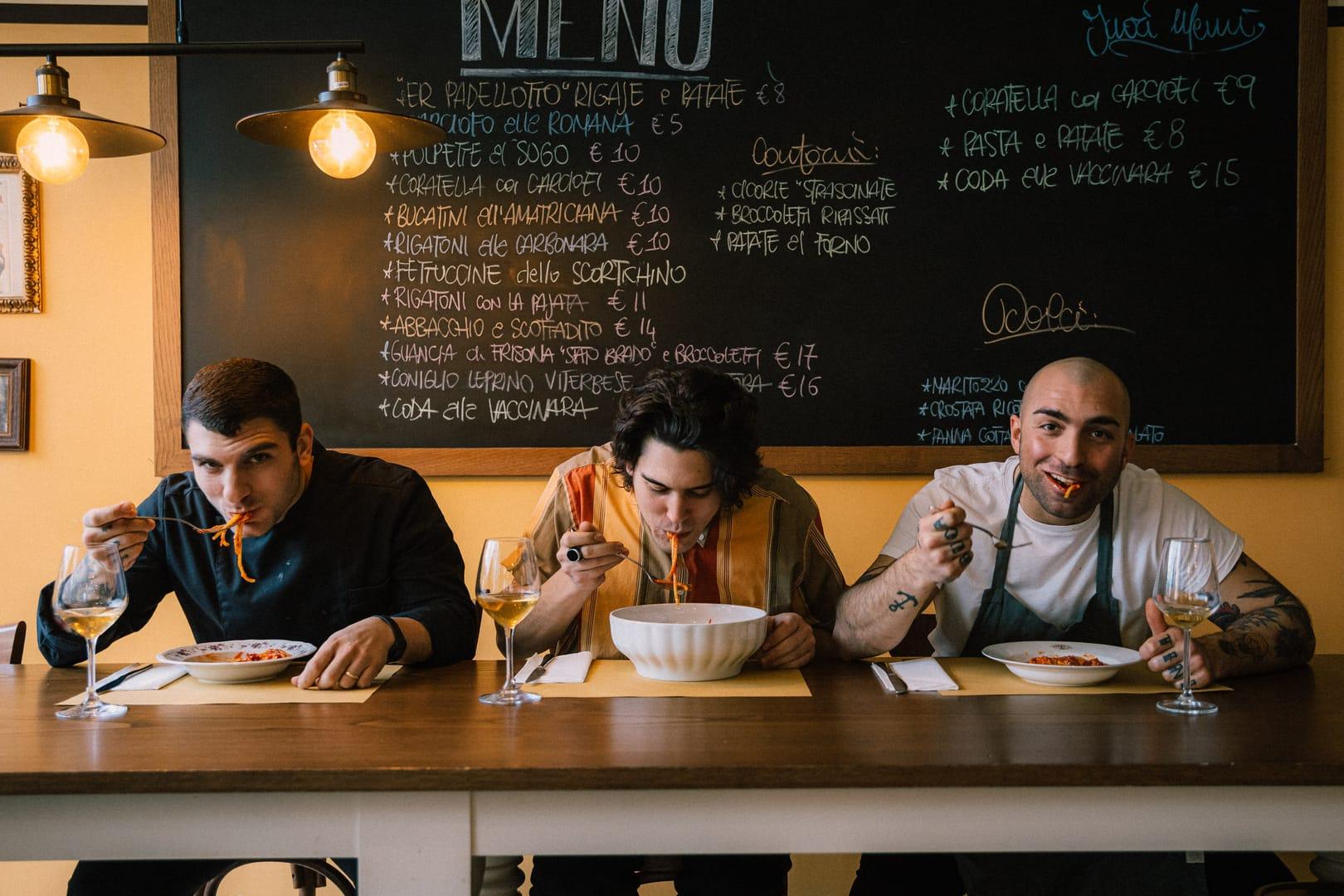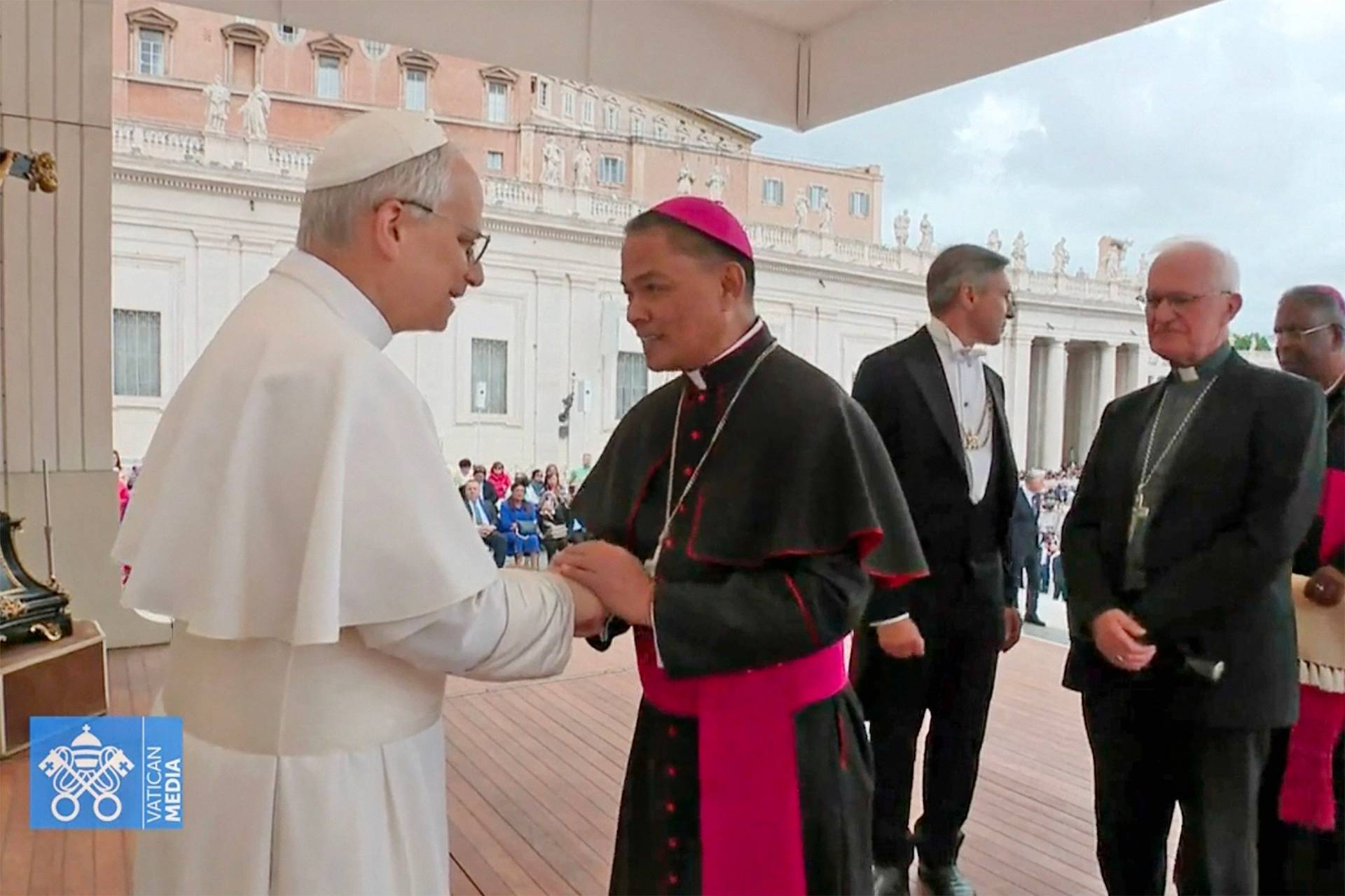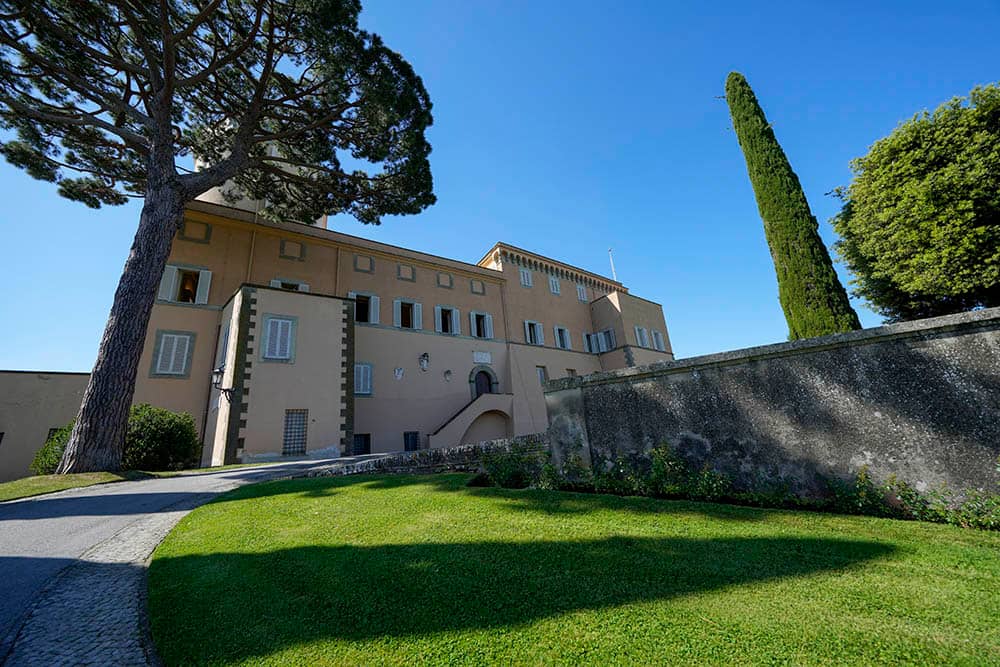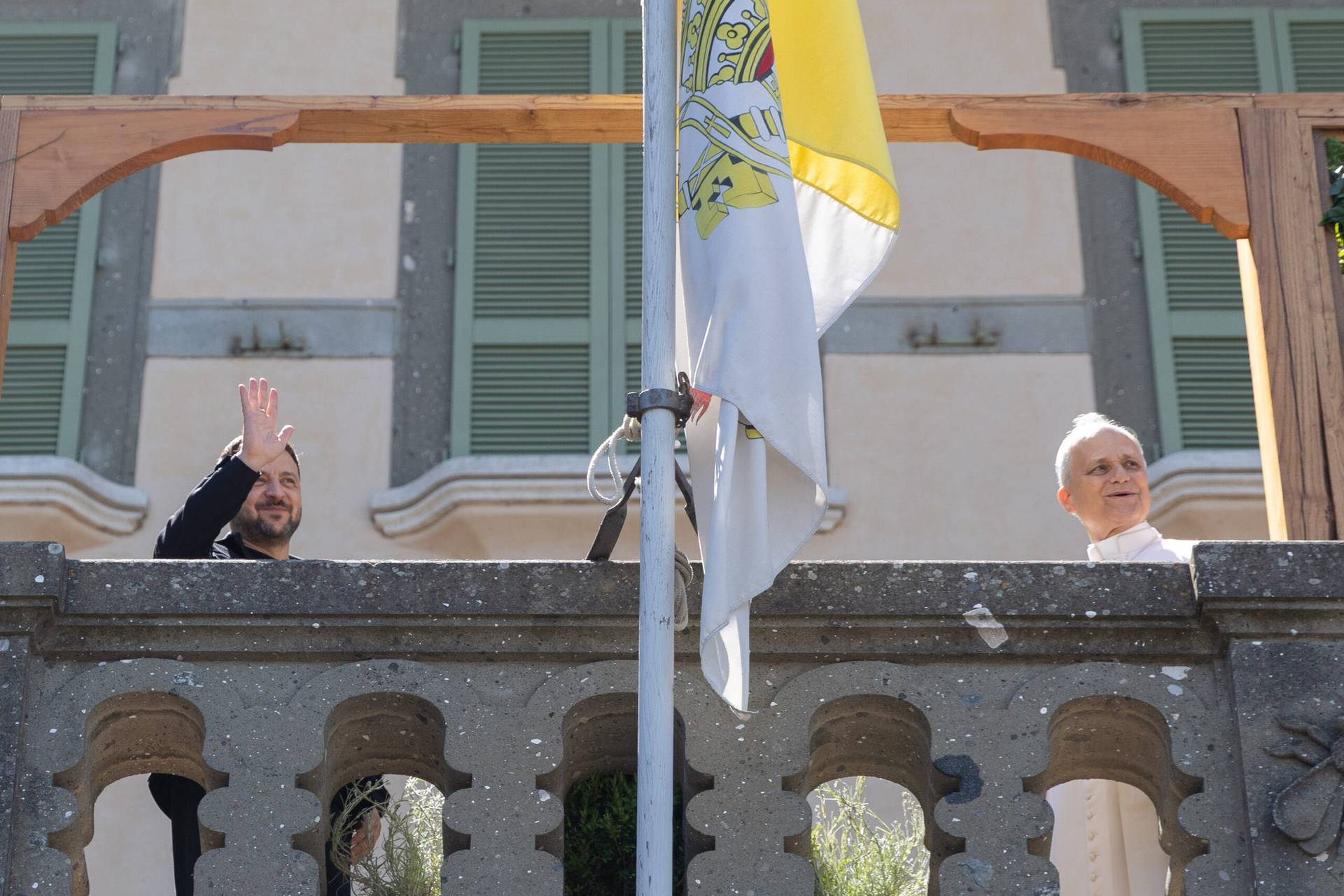ROME – More than two decades ago, Thomas Friedman first floated the Golden Arches theory of world peace, which posits that no two countries with McDonalds have ever fought a war against each other. The point that was when a country reaches a certain level of economic development and social stability, symbolized by having a McDonalds restaurant, it’s less likely to act up.
Cynics have delighted at poking holes in Friedman’s claim by citing counter-examples, including a war between India and Pakistan, both McDonald’s countries, which took place in the very same year that Friedman’s book appeared. Today one could point to the conflict between Russia and Ukraine, also both nations with McDonalds (including three, by the way, in the disputed Crimean region).
The fact that you can poke holes in a theory, however, doesn’t mean it lacks any validity whatsoever. In very broad strokes, it remains true that a degree of social and economic stability helps abate some of the factors that lead to conflict, even if there are plenty of examples of when it wasn’t enough.
In that light, I’d like to propose a Catholic corollary to Friedman’s dictum, and I concede in advance there are undoubtedly multiple exceptions to this one too … none of which, I’ll insist, affect the heart of the matter.
Here’s Allen’s rule: No two Catholics who’ve ever shared a plate of bucatini all’amatriciana have ever posted nasty messages about one another on Twitter.
It’s well known that Catholicism today, like virtually every other sphere of society, suffers from deep internal divisions and animosities, all of which are exacerbated by a social media culture that discourages graciousness and rewards snark. Pastors, theologians, even popes have attempted to dissuade Catholics from taking part in this whirlwind of vitriol – Pope Francis’s numerous admonitions against gossip and back-biting are one example – but to little noticeable effect.
In my experience, part of what gives so many people license to demean one another in public is that they don’t know one another in private. Conservatives who rail against liberal priests who work with gay and lesbian Catholics, for instance, don’t know those priests, don’t go to their parishes or their ministries, and are thus feel free to traffic in caricatures. Similarly, many liberals who mock and deride Latin Mass devotees have never attended a Latin Mass and certainly don’t socialize with the people who do.
Experience tells us that getting to know someone personally often reframes the way we see that individual and the positions he or she upholds. We may never reach agreement, but we come to see the positive qualities, the humanity, of the person, which usually takes the edge off the sort of ugliness we’re willing to toss around.
There are endless ways in which such friendships across party lines can be forged, but in Catholic culture the most time-honored is over a meal. That’s especially true when the meal is unrushed, the food is exquisite, the wine fresh and abundant, and the atmosphere conducive to real conversation.
All of which brings us to bucatini all’amatriciana, arguably the dish more than any other that’s been a crucible of forging such friendships in Catholic circles through the centuries, in part because so many movers and shakers in the Church pass through Rome at one point or another.
A pasta dish, amatriciana is a classic of the Roman kitchen. It’s named for Amatrice, a small town about 60 miles away that’s the birthplace of the dish. It’s composed of a special cut of pork known as guanciale, taken from the cheek of the pig, along with tomato sauce and pecorino cheese. Purists from Amatrice insist that’s all that should ever go into amatriciana, though in the city of Rome, where more “catholic” tastes prevail, it’s common to find onion and garlic used as well.
Typically the amatriciana sauce is served with bucatini noodles, which are longer thick noodles with holes, or buchi, in the middle, hence the name. (The idea is that the sauce penetrates the middle of the noddle, providing a more flavorful experience.)
Beginning in the 18th century, cooks from Amatrice enjoyed the privilege of serving as the cooks of the pontifical household, which meant that amatriciana became a staple of the diet of popes, cardinals and their retinues, and, by extension, pretty much anyone moving in or around the Vatican. As a result, the number of decisions about the Catholic church taken over amatriciana likely is beyond even NASA’s ability to compute.
Properly prepared, Amatriciana is infallibly delicious, meaning people who share it are generally content. It’s supposed to be accompanied by a good wine (Frascati Superiore is especially recommended) and served as part of a larger menu, often including a light appetizer beforehand and a meat or fish dish afterwards. Such an experience guarantees you’ll be at the table for a while, allowing for conversation without frenzy.
Obviously, there are other ways of getting to know people, but in my experience few have quite the same effect as sharing a good meal. As the supermarket in my Roman neighborhood puts it in the logo they display, “A knife and fork can change the world.”
In that light, maybe what the church needs to promote a healthier internal climate isn’t so much exhortation as invitation – specifically, invitations to meals where people from the different Catholic tribes can sit down and get a sense of what makes the other tick. Dioceses and parishes could, I suppose, organize such get-togethers, though officialdom rarely makes a sparkling host. If such a practice is to take hold, it’s more likely to be bottom-up, meaning individual Catholics seizing the initiative.
As a special, one-time limited offer, I’ll even pass along my own personal recipe for amatriciana for anyone who wants to put such a meal together. The effort may or may not change the church, but if nothing else, I promise your stomach will applaud.
Follow John Allen on Twitter: @JohnLAllenJr
















